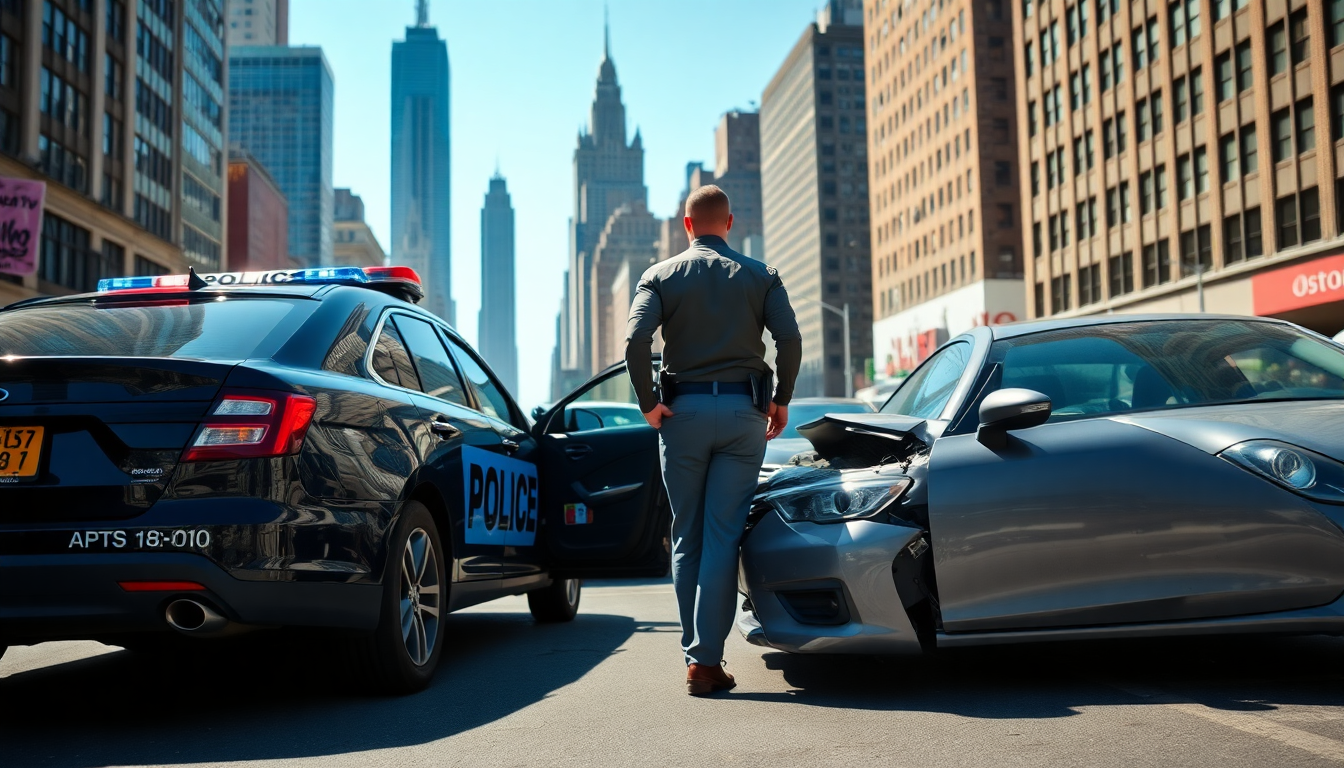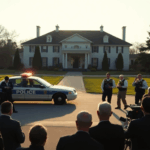Table of Contents
In a dramatic twist caught on camera, a young woman found herself in a tense situation after allegedly bumping into a vehicle belonging to an undercover officer in Manhattan. This incident, which unfolded earlier this week, has sparked a flurry of conversations on social media, raising questions about law enforcement practices and the dynamics of minor traffic accidents.
How do we balance safety with accountability when the stakes are so high?
Incident Overview
The viral video, which has already racked up over 4,000 views on TikTok, shows the moment when the woman’s bronze Toyota collided with the investigator’s black Ford Expedition, creating a striking V shape post-crash.
The officer, identified as Nelson Yu—a retired NYPD detective with over twenty years of service—approached the young woman visibly agitated, as it turned out she allegedly didn’t have a valid driver’s license.
Witnesses reported that things escalated quickly when Yu confronted the woman and demanded her identification.
His authoritative stance left little room for negotiation, as he firmly insisted, “Get out of the car!” This command was met with resistance; the woman reportedly struggled to present any form of ID when he approached. Have we reached a point where minor accidents can spiral into something much more serious?
As tensions rose, Yu handcuffed the woman and placed her in the back of his vehicle.
Eyewitnesses noted that she tried to speak, but her voice was drowned out by Yu’s insistence that she comply. The atmosphere was charged, leading many to question whether such a heavy-handed response was warranted for what seemed like a minor traffic incident.
Aftermath and Investigation
In the aftermath, it was confirmed that the woman’s arrest would ultimately be voided. A spokesperson for New York Attorney General Letitia James released a statement outlining the events. “On Wednesday evening, a civilian vehicle struck a parked car belonging to the Attorney General’s security detail,” they noted, emphasizing that the situation is currently under internal investigation.
What does this mean for policing practices moving forward?
Significantly, the black Ford was part of James’ security detail for the day, although she was not present in the vehicle at the time of the accident. This detail adds complexity to the incident, hinting at potential implications for how law enforcement interacts with the public in everyday situations. Should there be stricter guidelines for police responses in minor incidents?
The incident has raised crucial questions about the extent of authority exercised by law enforcement officers, especially in scenarios that don’t seem to necessitate such a severe reaction. Striking the right balance between maintaining order and fostering public trust remains a pressing issue in conversations about policing practices.
Public Reaction and Broader Implications
The public’s response to the video has been mixed. Some people have shown support for the investigator’s actions, while others have condemned what they see as an excessive use of force. This incident serves as a stark reminder of the complexities involved in law enforcement interactions, particularly in urban environments where the nuances of daily life can clash with legal authority. How do we ensure that these interactions remain fair and just?
Looking at the bigger picture, the implications of such encounters are significant. As communities continue to grapple with issues of police conduct, transparency, and accountability, incidents like this can highlight areas needing reform. The video has ignited discussions not just about what happened but also about how similar situations might be handled differently in the future. What changes could help prevent situations like this from escalating?
Ultimately, the incident in Manhattan has become a focal point for public discourse on law enforcement practices, prompting a reevaluation of the protocols that govern police-civilian interactions. As investigations unfold, the outcomes may influence future guidelines and play a role in shaping the relationship between law enforcement and the communities they serve. Will we see changes that prioritize both safety and accountability?





